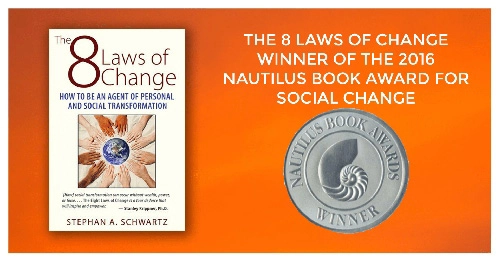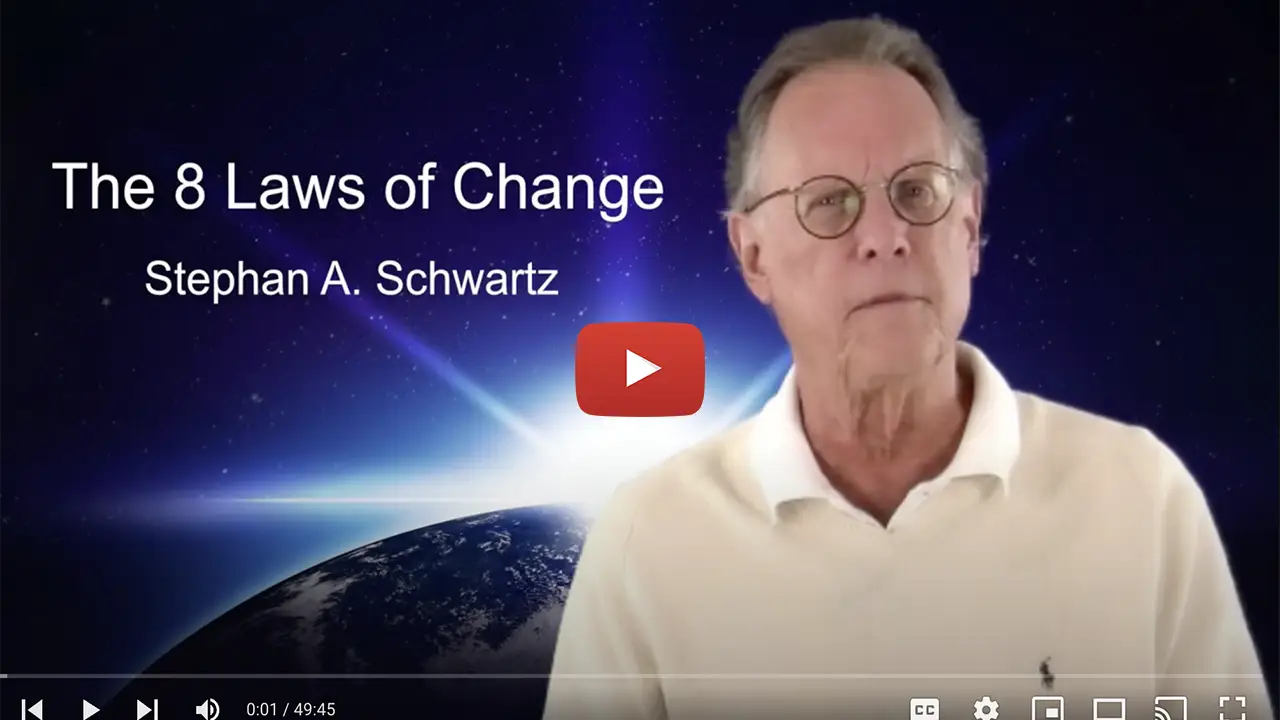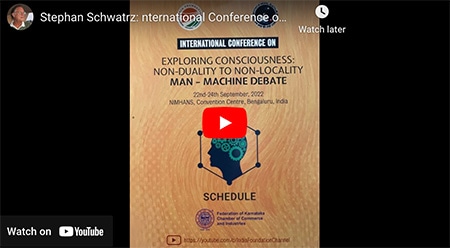Zoya Gervis, - New York Post
Stephan: This is a very sad story, that says something profound about the loneliness of American society. Superficially one might think we are more and better connected than at any time in the country's history. Yet, as this data reveals, most of us have very few close friends, and find it quite hard to make new friends.
 Forty-five percent of adults say they find it difficult to make new friends, according to new research.
Forty-five percent of adults say they find it difficult to make new friends, according to new research.
A new study into the social dynamics of 2,000 Americans revealed that the average American hasn’t made a new friend in five years.
In fact, it seems for many that popularity hits its peak at age 23, and for 36 percent, it peaks even before age 21.
The study, conducted by OnePoll in conjunction with Evite, uncovered that one of the reasons 42 percent of adults struggle to make friends is due to introversion or shyness.
And the challenge is not just in breaking out of their shell but also breaking into new social situations and circles.
The majority of respondents cite friendship-making barriers that include aversion to the bar scene where most people choose to socialize, or the feeling that everyone’s friendship groups have already formed.
Other notable reasons Americans can’t seem to make new friends as an adult include commitments to family (29 percent), not having any hobbies that allow them to meet new people (28 percent) and moving to a new city (21 percent).
Though adults find […]
No Comments
E.A. CRUNDEN, - Think Progress
Stephan: It is pretty much a rule, based on social outcome data, that Democrats govern better than Republicans, and no Democratic politician better understands climate change, or makes it more of a priority that Washington State Democratic governor Jay Inslee. I hope the party and its voters listen closely to Inslee so that no matter who gets the nomination, Inslee's approach to climate change is adopted. It is up to you to make this happen.

Washington state Democratic Governor Jay Inslee
Credit: Zach Gibson/Getty
Washington Gov. Jay Inslee, a Democratic presidential candidate who has dedicated his entire campaign to addressing the climate crisis, unveiled his first major policy proposal Friday morning. The ambitious plan charts a course other presidential contenders may follow as climate change becomes a top issue for the crowded primary field.
Calling climate change “the defining challenge of our time” in a statement, Inslee described his proposal as “a bold and aggressive national policy” to slash greenhouse gas emissions and dramatically shift the electrical grid. The 100% Clean Energy for America Plan aims to achieve 100% carbon-neutral electricity, 100% zero-emission new vehicles, and 100% zero-carbon new buildings — all within the next 11 years. The transportation, buildings, and electricity sectors contribute nearly 70% of the nation’s climate pollution.
With more components slated to be released in the coming weeks, Inslee is proposing a “bold 10-year mobilization” to achieve net-zero emissions while creating jobs and bolstering the economy. An alarming report released last fall […]
No Comments
Stephan A. Schwartz, Editor - Schwartzreport
Stephan: There has been so much bad news in the last several weeks. The country has been lost in the fecal miasma that we call the Trump administration. But underneath that a whole range of interesting things have been going on that portend some positive good news. So today's edition is committed those developments. It will make us all feel a little cleaner.
1 Comment
Stephan: Here is what looks like a major breakthrough in neuroscience.
Two complementary studies recently found that noninvasive and extremely mild brain stimulation could be used to improve episodic and working memory in older adults.
“We can make these 60 and 70-year-olds look strikingly like our 20-year-old participants,” researcher Robert Reinharttold Quirks & Quarks host Bob McDonald.
As we age many aspects of our memory deteriorate. The effects can range from irritating, when we can’t remember where we left the car keys, to embarrassment when we forget names in a conversation, to tragedy, in pathological conditions like dementia.
This new research suggests, though, that we we might be able to boost memory in the future with just a simple zap to the brain, and the therapeutic potential of this technology could be huge.
Using magnetic induction to boost neural signals
The first study used a technique called transcranial magnetic stimulation (TMS) to induce mild neural firing in the brain.
The researchers hoped this stimulation would increase communication between the hippocampus, the region deep within the brain that’s critically responsible for episodic or long-term memory, and the cortical network connected to the hippocampus on the outer surface of the brain.
No Comments
Adele Peters, Staff Writer - Fast Company
Stephan: There is a growing amount of good news coming out about alternative technologies. Most of it is not American, which has a wide range of implications, none good for the U.S., but that doesn't mean these new technologies aren't going to be successful in influencing the world in a positive way.

Biosolar algae covered panels Credit: Imperial College London/Thomas Glover
At Imperial College London’s new campus in West London, some rooftops will soon hold bright green “biosolar” panels covered with algae. The plants suck carbon dioxide out of the air and produce fresh oxygen at a rate 100 times faster than trees covering the same amount of land–and then the microscopic organisms can be harvested to be used in food.
“We call it a ‘BioSolar Leaf,’” says Julian Melchiorri, CEO of Arborea, the company that designed the new technology. “It uses solar energy, but instead of converting solar energy into electricity [like a solar panel], we convert solar energy into food.”
Melchiorri, who graduated from a joint masters program at Imperial College London and the Royal College of Art in 2014, is primarily focused on using the technology at a larger scale to produce ingredients. It’s a way to produce more protein in a given area than any other type of food production; the algae are also a source of antioxidants and other nutrients. In pasta, for […]
No Comments
 Forty-five percent of adults say they find it difficult to make new friends, according to new research.
Forty-five percent of adults say they find it difficult to make new friends, according to new research.











